site search
online catalog
FINE CIVIL WAR MAYNARD CARBINE IDENTIFIED TO CAPTAIN NEWEL CHENEY, 9TH NEW YORK CAVALRY

Hover to zoom

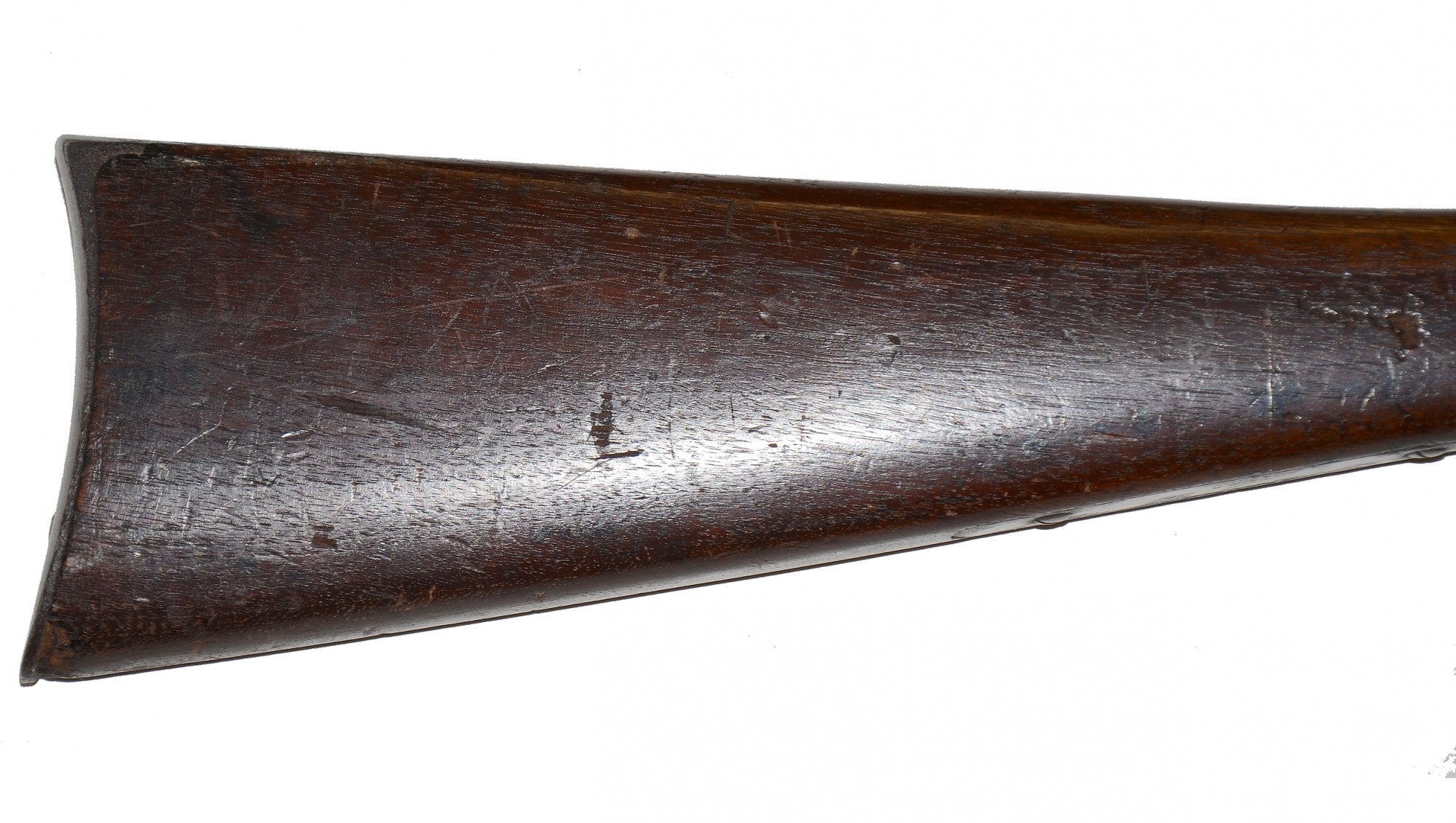
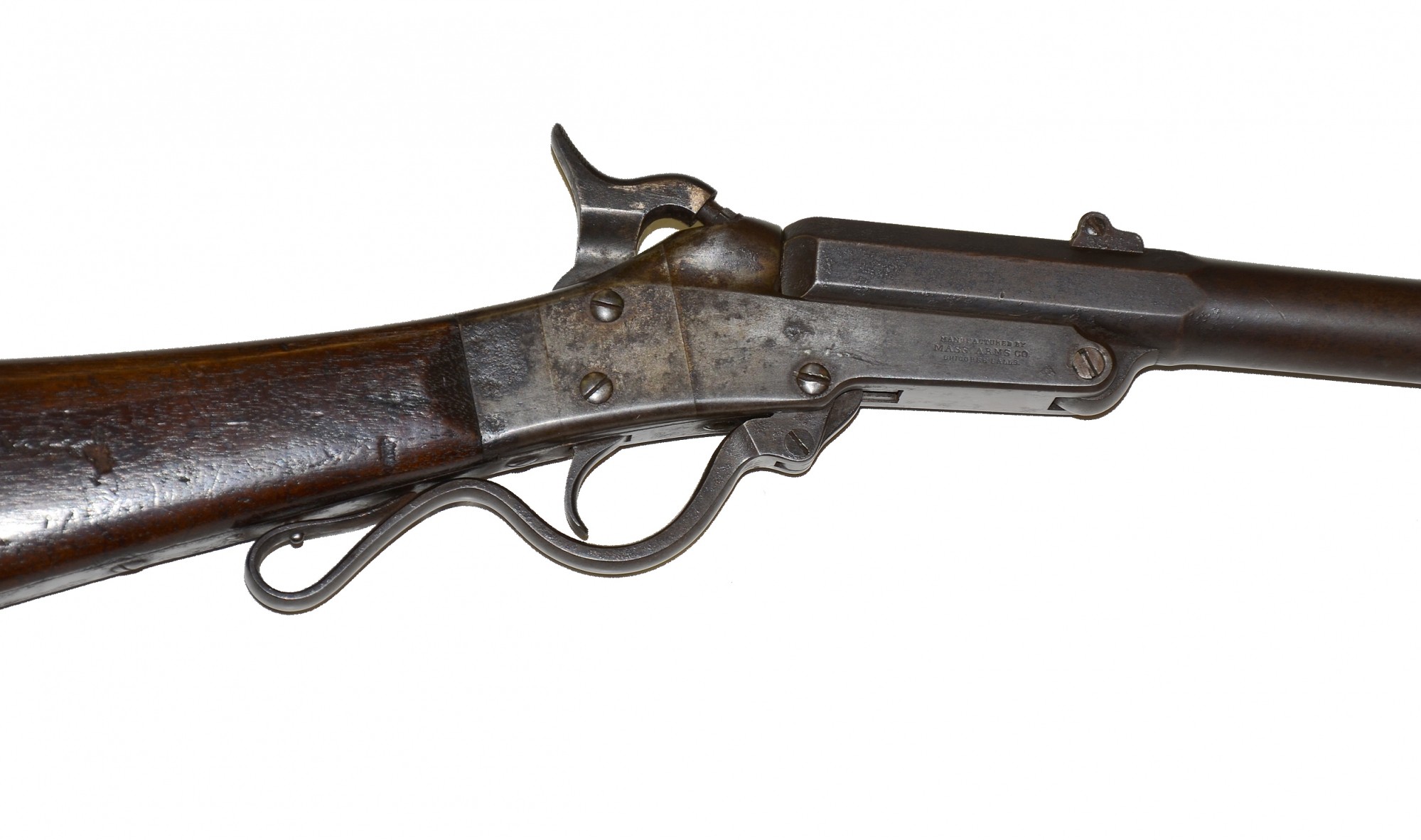
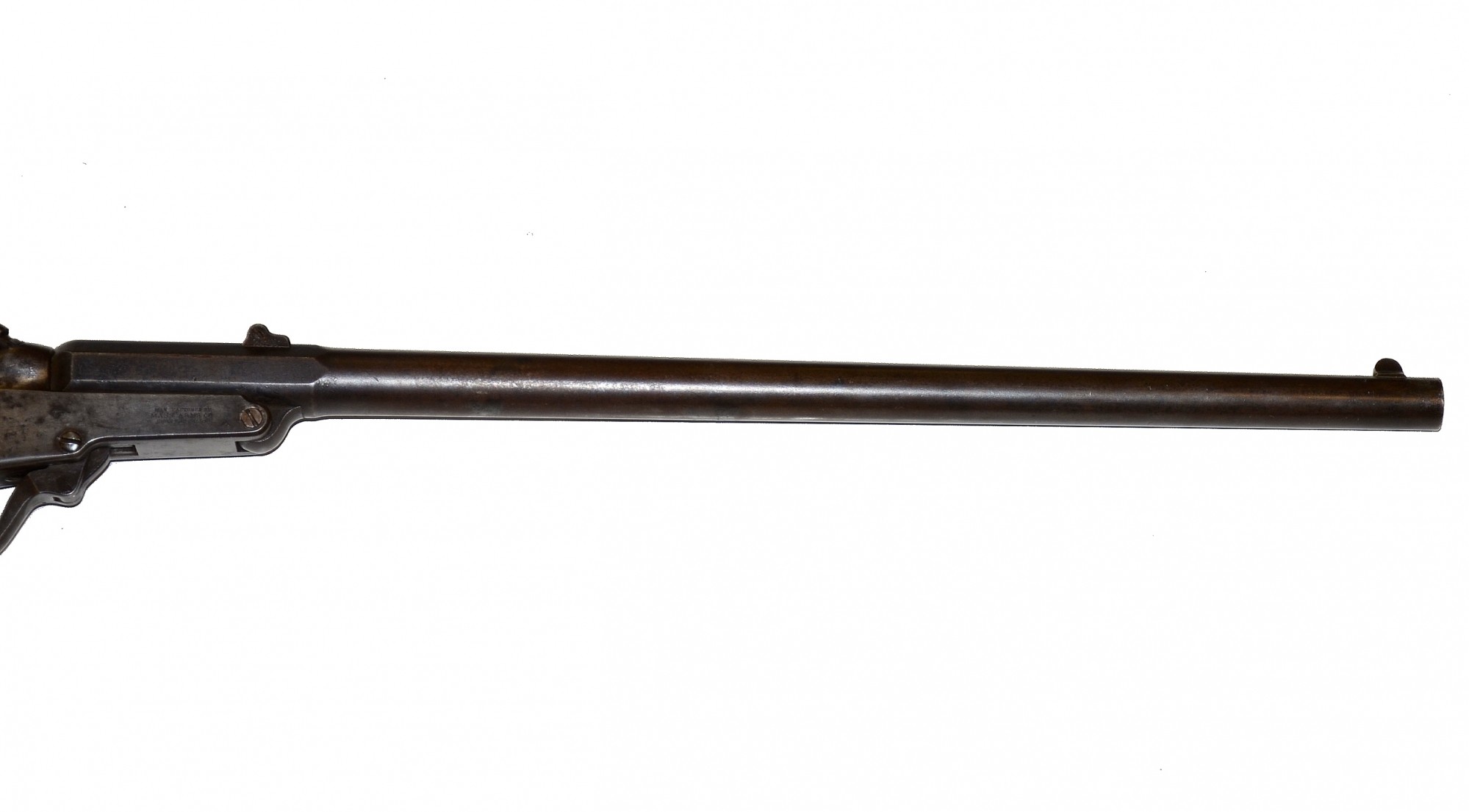
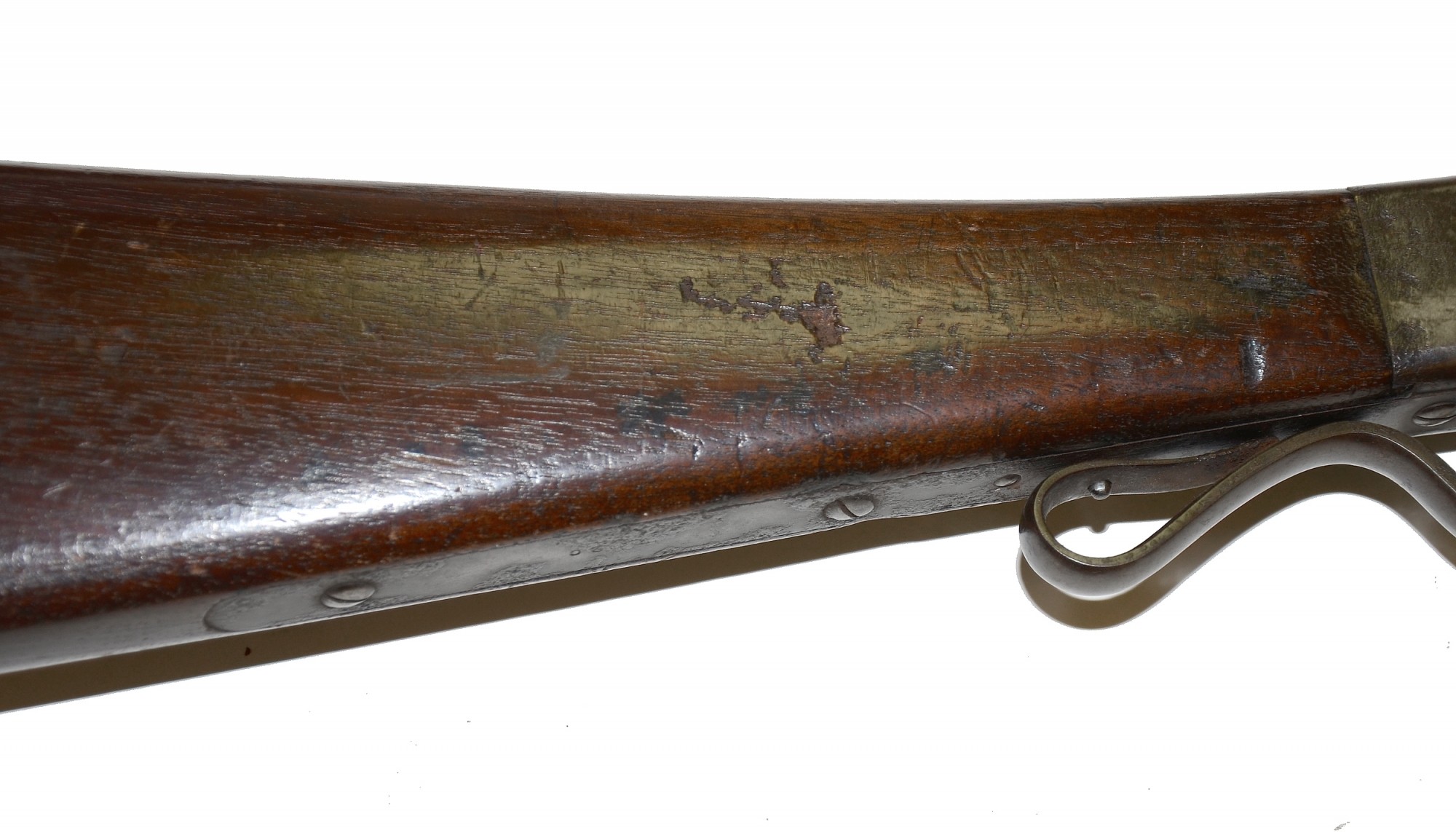

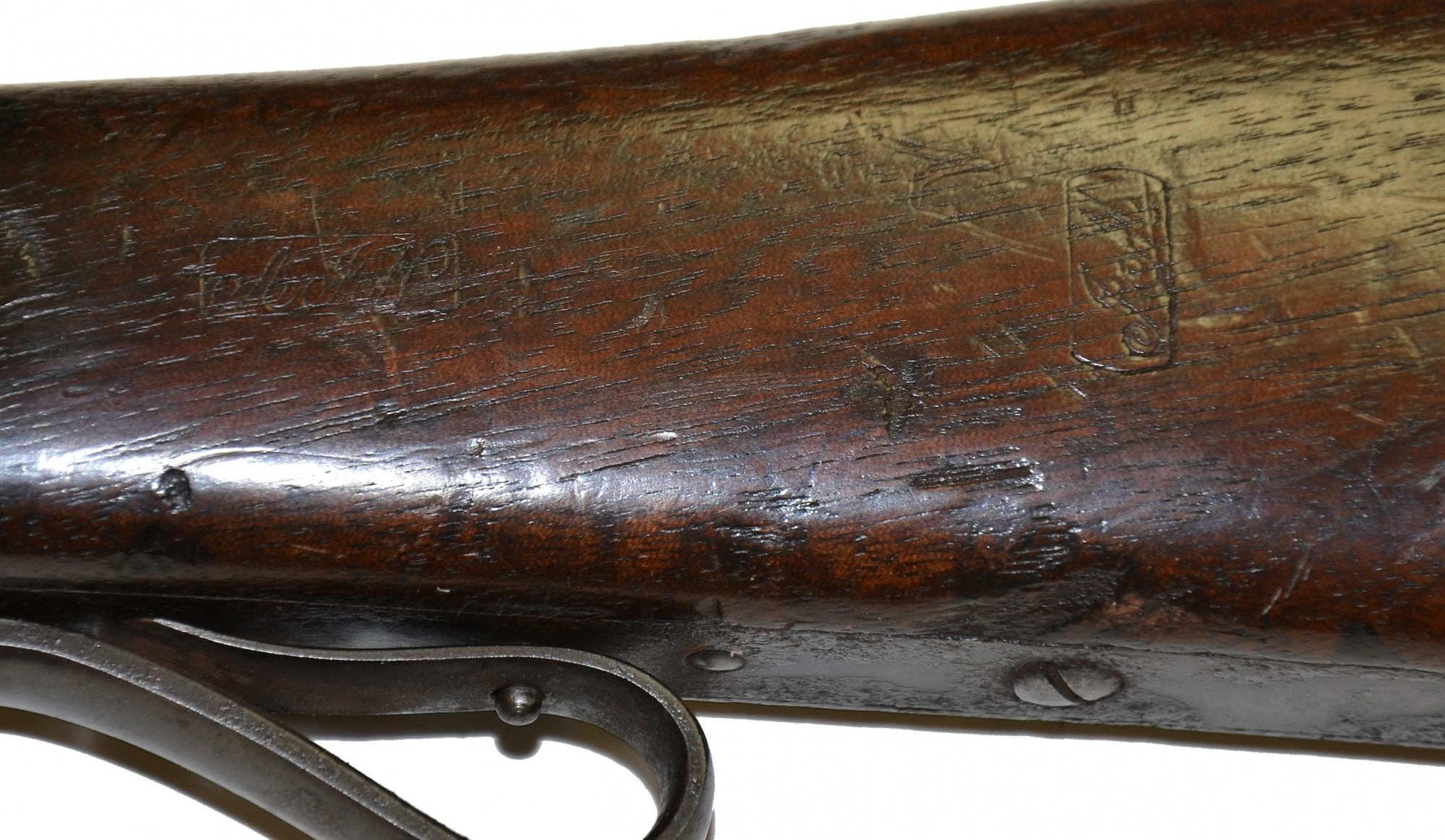
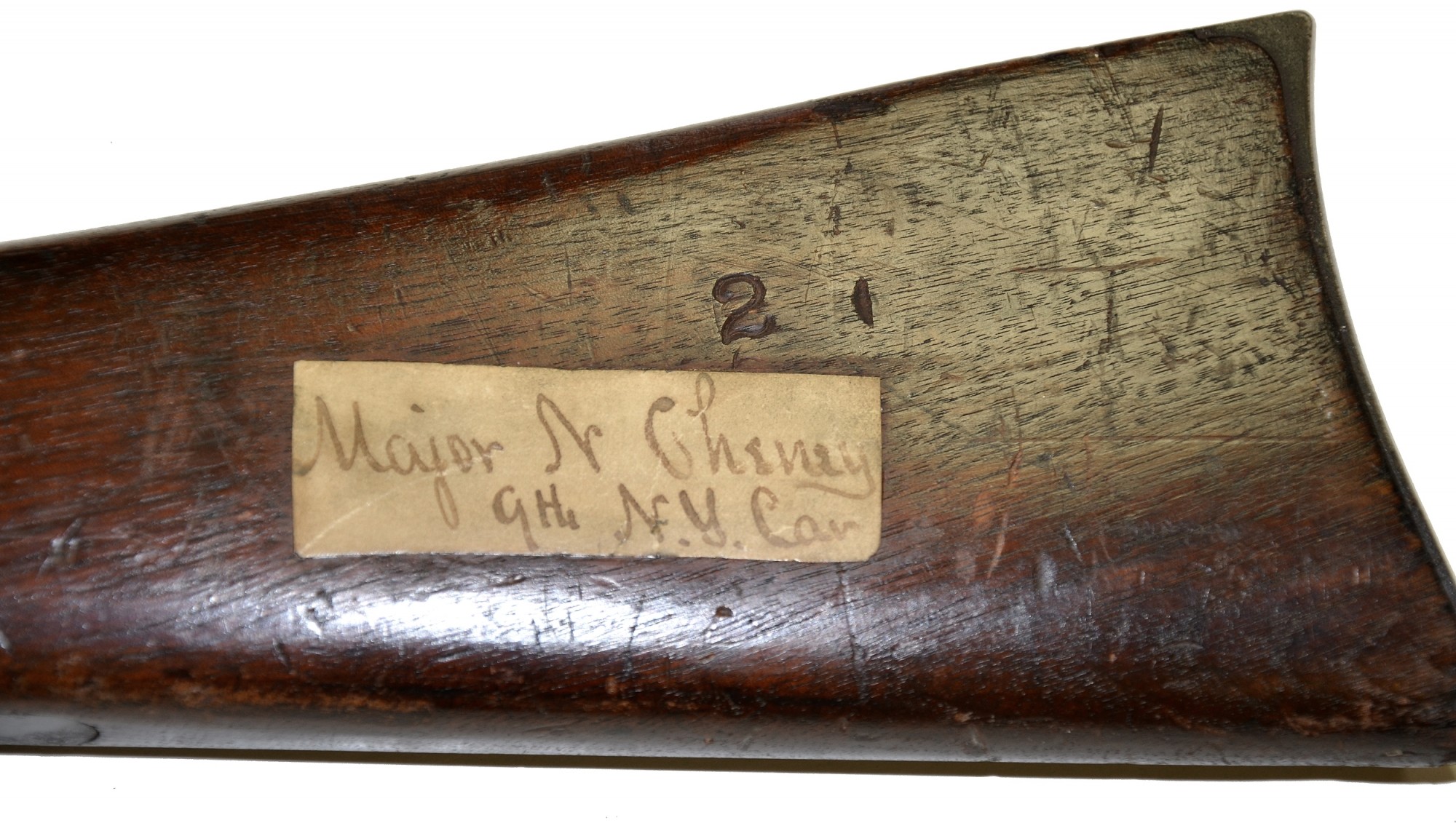
$3,500.00 SOLD
Quantity Available: None
Item Code: G3105
Presented here in excellent overall condition is a 2nd Model Maynard carbine carried in the Civil War by Captain Newel Cheney of the hard-fought 9th Regiment, New York Cavalry Volunteers. Cheney was a twenty-five year old student from Poland Center, New York when he enlisted as a private in Company “C”, 9th Regiment, NY Volunteer Cavalry at Jamestown, NY on September 10, 1861. He mustered into service on October 3 and was appointed as company First Sergeant on November 8 of that year. Cheney served with the regiment and participated in all its engagements and gained promotion to First Lieutenant on September 10, 1862. At Catlett’s Station, Virginia, during the fall of 1863, Lt. Cheney suffered from the heavy artillery firing and sustained deafness in both ears. That winter, Cheney led his company on the march along a rough section of road near Leesburg, VA when his horse slipped and fell to the ground, pinning the rider’s right leg to the ground. Cheney, though injured, continued to ride on the mission but he suffered from leg pain and varicose veins ever since. He went home on leave in early 1864 to marry and while still on leave, he was promoted to Captain of Company “L” on February 12, 1864. Upon his return to the regiment, Cheney was transferred to Company “C” one month later. Cheney was with his company in all subsequent actions and battles until he was discharged for expiration of service on October 25, 1864 at Middletown, VA. He returned to New York State where he became a farmer and a teacher. Cheney gained a military pension in 1890 and passed away on December 8, 1915 at Kennedy, NY.
The Maynard carbine was widely regarded as one of the best performing and most accurate of all the cavalry arms used during the Civil War. This breech-loading carbine used a metallic cartridge which was the invention of New Jersey doctor Edward Maynard who patented his first model carbine in 1851. During the Civil War, the U.S. Ordnance Dept contracted for over 20,000 single shot, percussion, .50 caliber, 2nd Model carbines that were produced by the Massachusetts Arms Company of Chicopee, Mass. Issued mostly to the Federal cavalry, the Maynard proved a lightweight, very serviceable and dependable carbine that saw extensive service in the field. This veteran, all original specimen is an early production piece, serial # _ _20 (first two digits obscured with rust oxidation), with a 20” round barrel, octagonal breech section, no forend or comb, and has a total length of 36 7/8”. Never cleaned, the handsome, black walnut stock exhibits some of the original ‘feathering’ effect and also bears two, strong government ‘cartouches’ on the reverse (left) side. Dings and dents are present on the stock from normal use and age along with a ½” high, numeral “2” stamped into the left side.
Glued to the left side of stock below the numeral “2” is an old paper tag, faded now, that reads “Major N. Cheney / 9th N.Y. Cav”, handwritten in black ink. Cheney never made Major and the note appears to have been placed on the stock by some member of the family after the war in error as to his proper rank. Fitted with a sling bar with saddle ring on the left side of the breech frame, the weapon also has a folding two-leaf rear sight but unfortunately, both leaves of the sight have broken completely off. The round barrel exterior retains no original finish but has acquired a pleasing plum brown patina with scattered pinprick rusting. Bore is bright and clean with sharp, three-groove rifling. Frame features no original case colors. Hammer retains hints of bluing. Trigger guard / operating lever are dark gray and show no original colors remaining. All stampings on the frame are clear and sharp and read, “MANUFACTURED BY / MASS. ARMS CO. / CHICOPEE FALLS” in three lines on the obverse side while the reverse side is marked “EDWARD MAYNARD / PATENTED / MAY 27, 1851 / DEC. 6, 1859” in four lines. Sub-inspector stampings can also be found on the barrel breech, sling bar and butt plate. Other metal surfaces appear dark gray and exhibit scattered rusting especially on the breech tang on the underside of the stock. Carbine serial # suffers from such rusting which obliterates the first two numerals of the 4-digit number with only the last two numbers “20” clear. Weapon has crisp mechanics and all screws in very good condition.
The military and pension records on N. Cheney accompany the weapon from the National Archives in Washington, DC. This identified Second Model Maynard carbine is a handsome and fine representative cavalry arm of the Civil War and would definitely enhance any New York focused military display or military carbine collection.
DISCLAIMER: All firearms are sold as collector's items only - we do not accept responsibility as to the shooting safety or reliability of any antique firearm. All firearms are described as accurately as possible, given the restraints of a catalog listing length. We want satisfied customers & often "under" describe the weapons. Any city or state regulations regarding owning antique firearms are the responsibility of the purchaser. All firearms are "mechanically perfect" unless noted, but again, are NOT warranted as safe to fire!
~~~~~~~~~~~~~~~~~~~~~~~~~~~~~~~~~~~
THIS ITEM, AS WITH ALL OTHER ITEMS AVAILABLE ON OUR WEB SITE,
MAY BE PURCHASED THROUGH OUR LAYAWAY PROGRAM.
FOR OUR POLICIES AND TERMS,
CLICK ON ‘CONTACT US’ AT THE TOP OF ANY PAGE ON THE SITE,
THEN ON ‘LAYAWAY POLICY’.
THANK YOU!
Inquire About FINE CIVIL WAR MAYNARD CARBINE IDENTIFIED TO CAPTAIN NEWEL CHENEY, 9TH NEW YORK CAVALRY
Most Popular
Historical Firearms Stolen From The National Civil War Museum In Harrisburg, Pa »
Theft From Gravesite Of Gen. John Reynolds »
Selection Of Unframed Prints By Don Troiani »
Fine Condition Brass Infantry Bugle Insignia »
British Imported, Confederate Used Bayonet »
Scarce New Model 1865 Sharps Still In Percussion Near Factory New »
featured item
WOUNDED AT GETTYSBURG! 1/6 PLATE AMBROTYPE OF PVT. AURELIUS JAMES DULA, 22ND NORTH CAROLINA
Sixth plate hand-gilt ambrotype. Leatherette case. Anonymous artist. North Carolina. Private Aurelius James “A.J.” Dula (1843 - 1913), a member of Company A (the "Caldwell Rough and Ready Boys”) of the 22nd North Carolina Infantry. A native… (846-577). Learn More »


